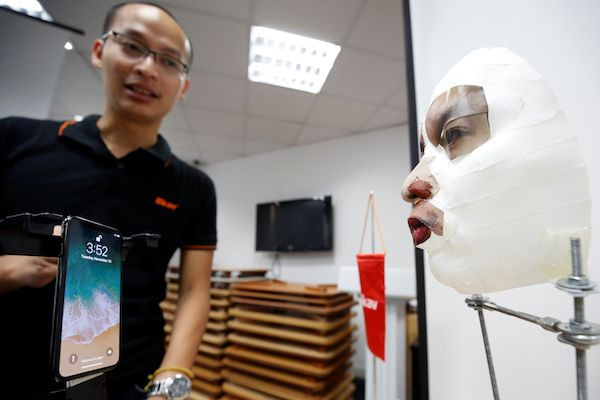Apple Reviving Touch ID? Tim Cook’s Firm Reportedly Mulling In-Display Fingerprint Reader

The Apple Touch ID could be making a comeback for the next set of Apple iPhones as the Cupertino company is said to be mulling over an in-display fingerprint reader technology.
According to Apple Insider, there’s a good chance that the Touch ID could find its way back into the iPhone without the need of also returning the fingerprint reader on the home button, retaining the sleek screen that many iPhone users love. What could happen is that the whole smartphone screen can be used as a fingerprint reader by using acoustic imaging technology.
It can be remembered that Apple replaced the Touch ID with Face ID in the iPhone X, as the company believed the latter to have a lower false positive rate. The Face ID was considered a major upgrade to the iPhone’s biometric authentication system.
Although the Face ID was quite effective, some people missed the ease brought about by the Touch ID, particularly opening the phone without the need to look at it. The Face ID system also experiences a recognition problem when users wear glasses or other foreign accessories.
Now some news shows that Apple could actually be re-thinking the technology via a number of patents that have been introduced recently. The patents indicate that the tech giant could be reintroducing the Touch ID while still maintaining the appearance of the iPhone X lines.
The first patent which was granted by the US Patent and Trademark Office is billed "Methods of biometric imaging of input surfaces." This is simply explained as an acoustic imaging system that can be applied on the whole surface of a smart gadget. The technology basically uses a combination of acoustic transducers to vibrate a surface which is said to effectively turn the whole screen into a fingerprint reader.
The second patent is the "Acoustic imaging system for spatial demodulation of acoustic waves." The technology works similarly with the first patent but is differentiated via its transducer placement. It is described as two sets of transducers that are positioned strategically in contact with the screen. The first transducer sends the signal when something gets in contact with the surface while the other interprets the signals.
It’s not clear if these patents will be applied in the next set of iPhones but it seems Apple is indeed serious about returning the Touch ID technology. Early this year, the company also explored making an acoustic-based full-screen fingerprint reader via a patent called, “Acoustic pulse coding for imaging of input devices."
© Copyright IBTimes 2025. All rights reserved.



















